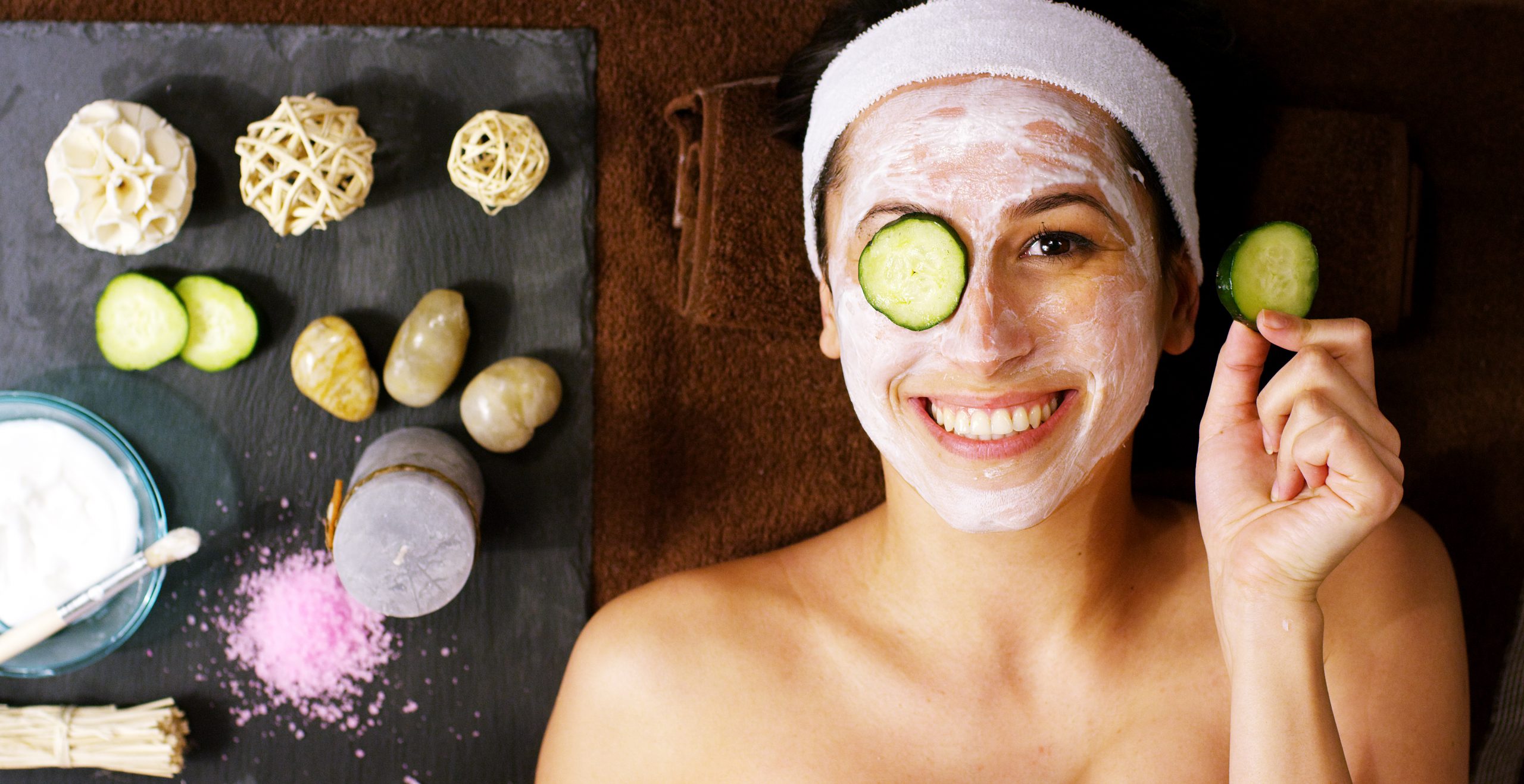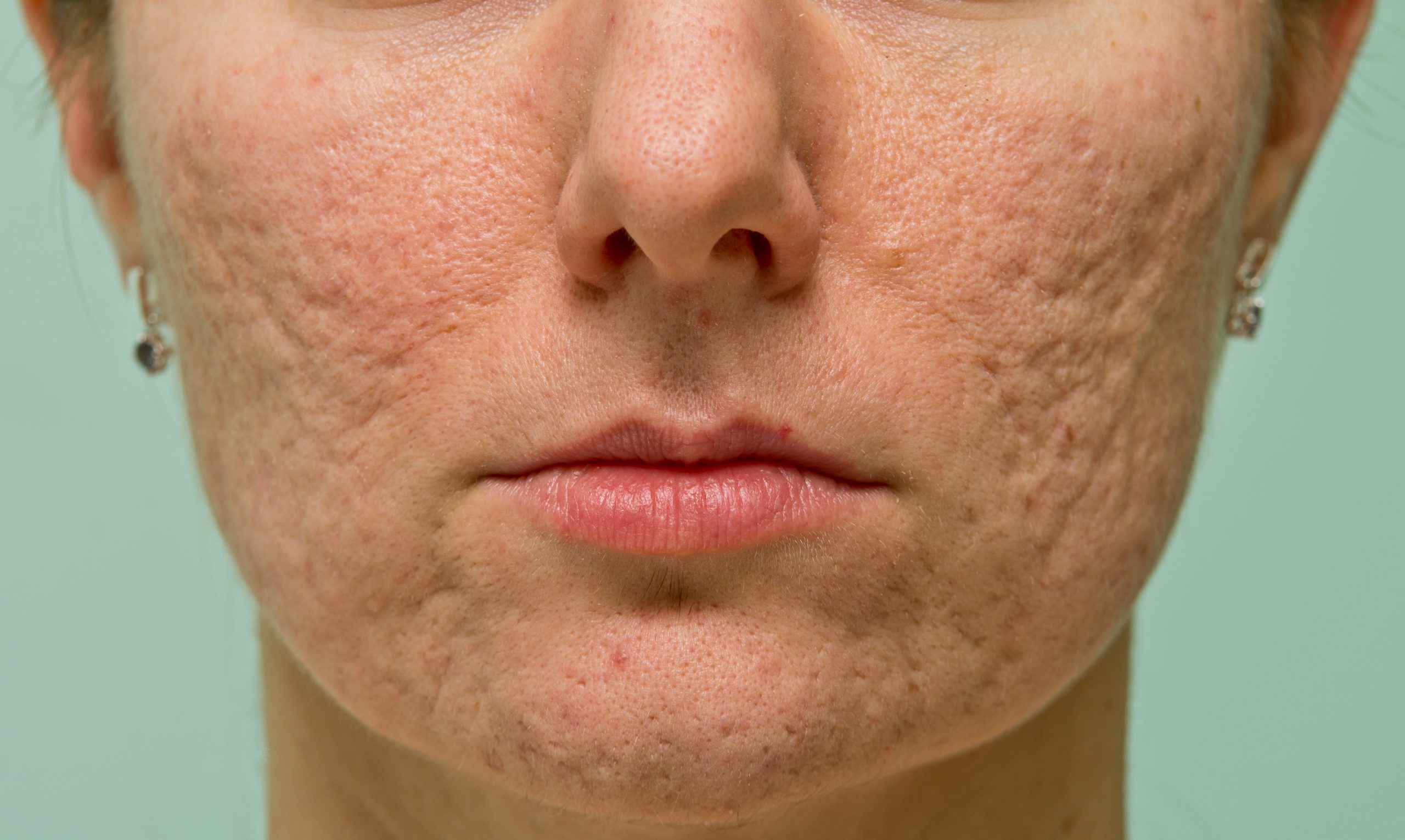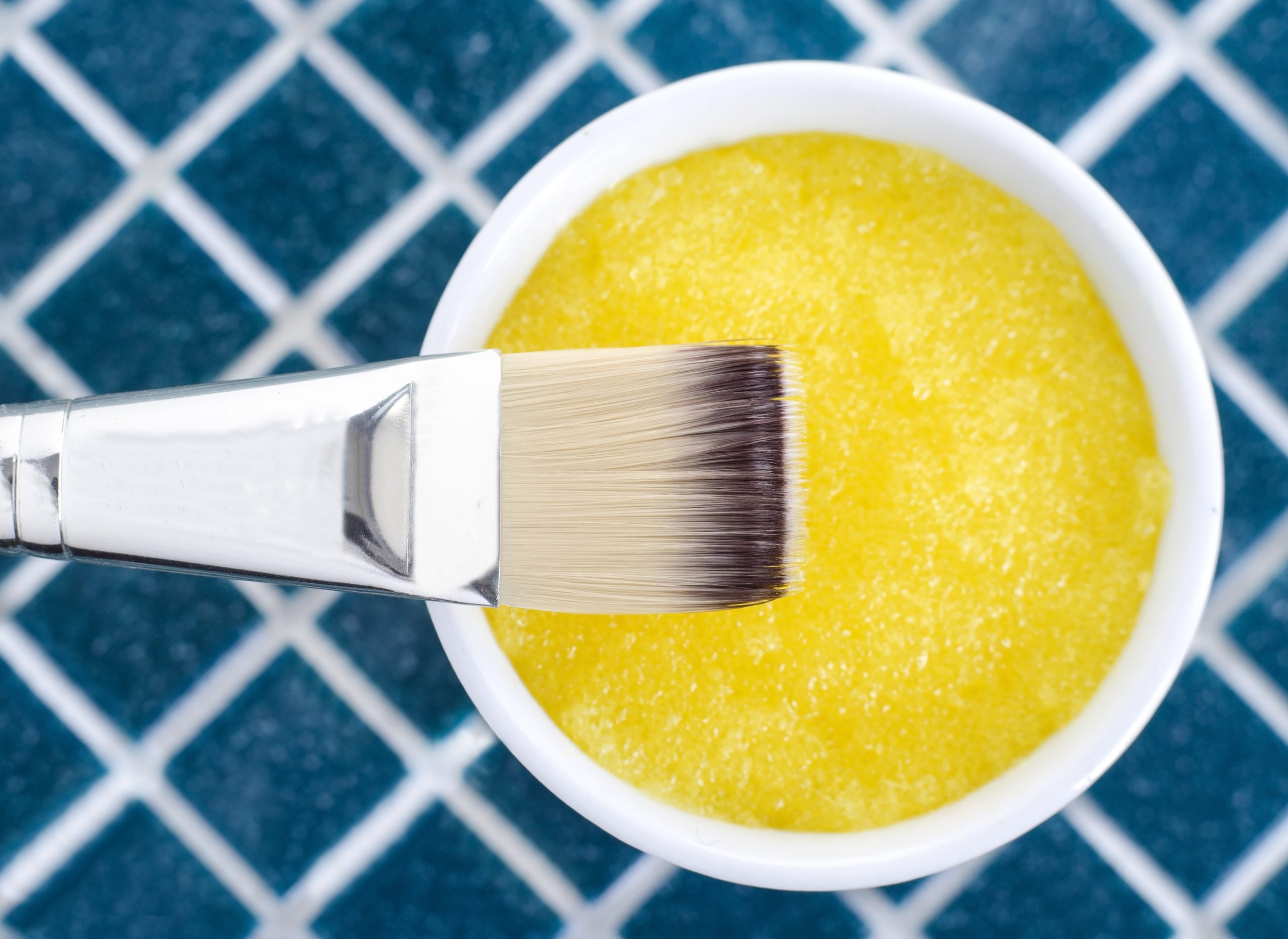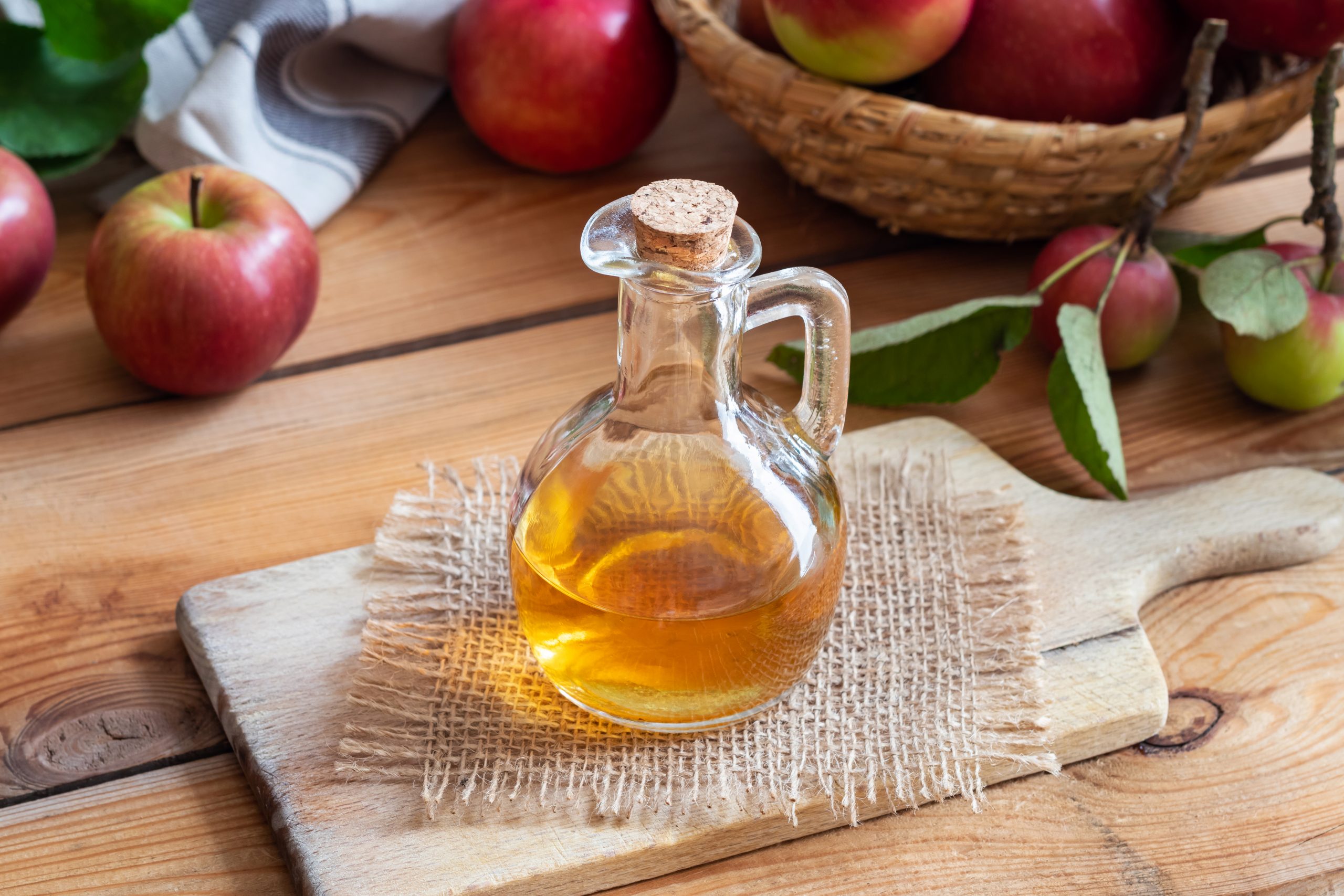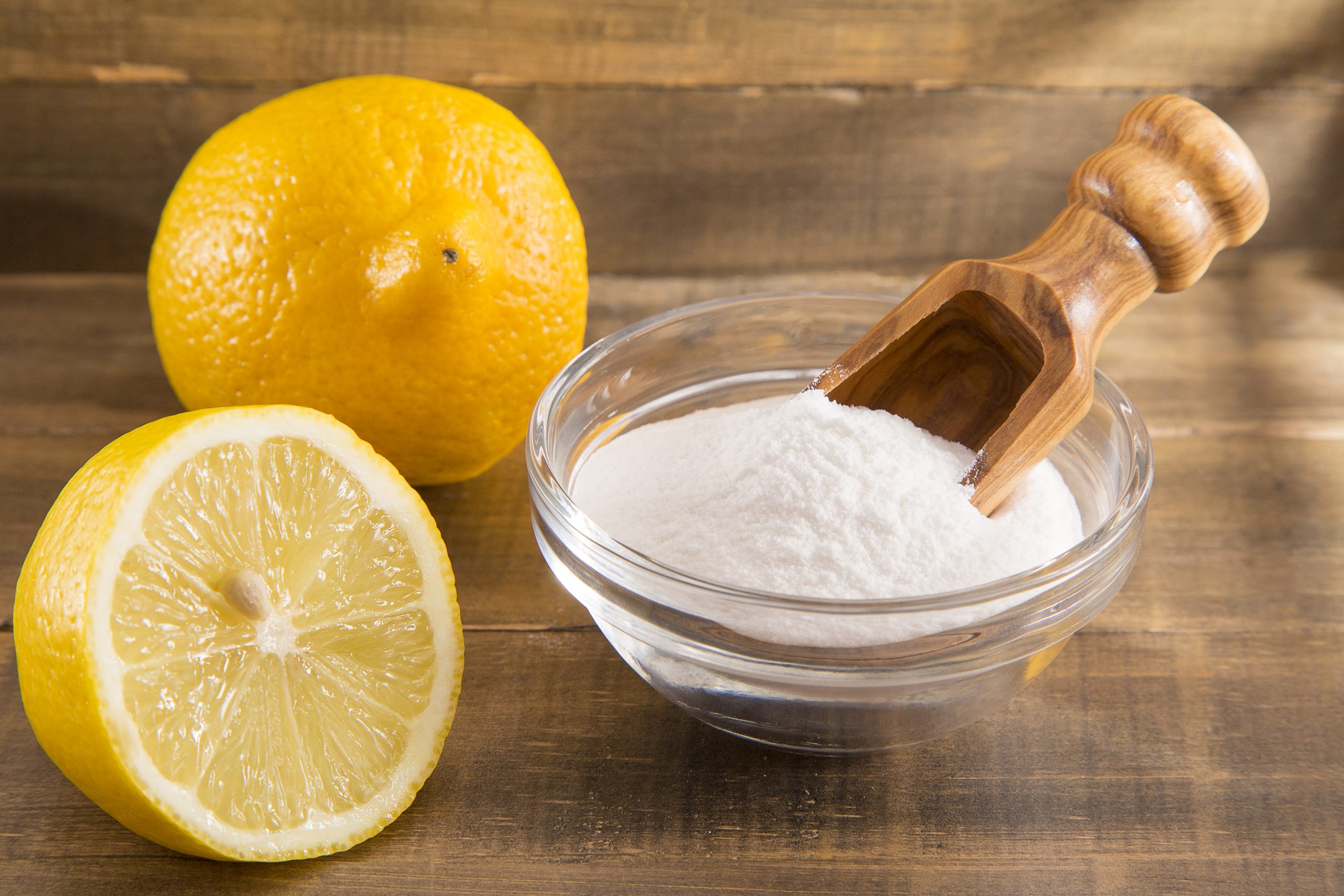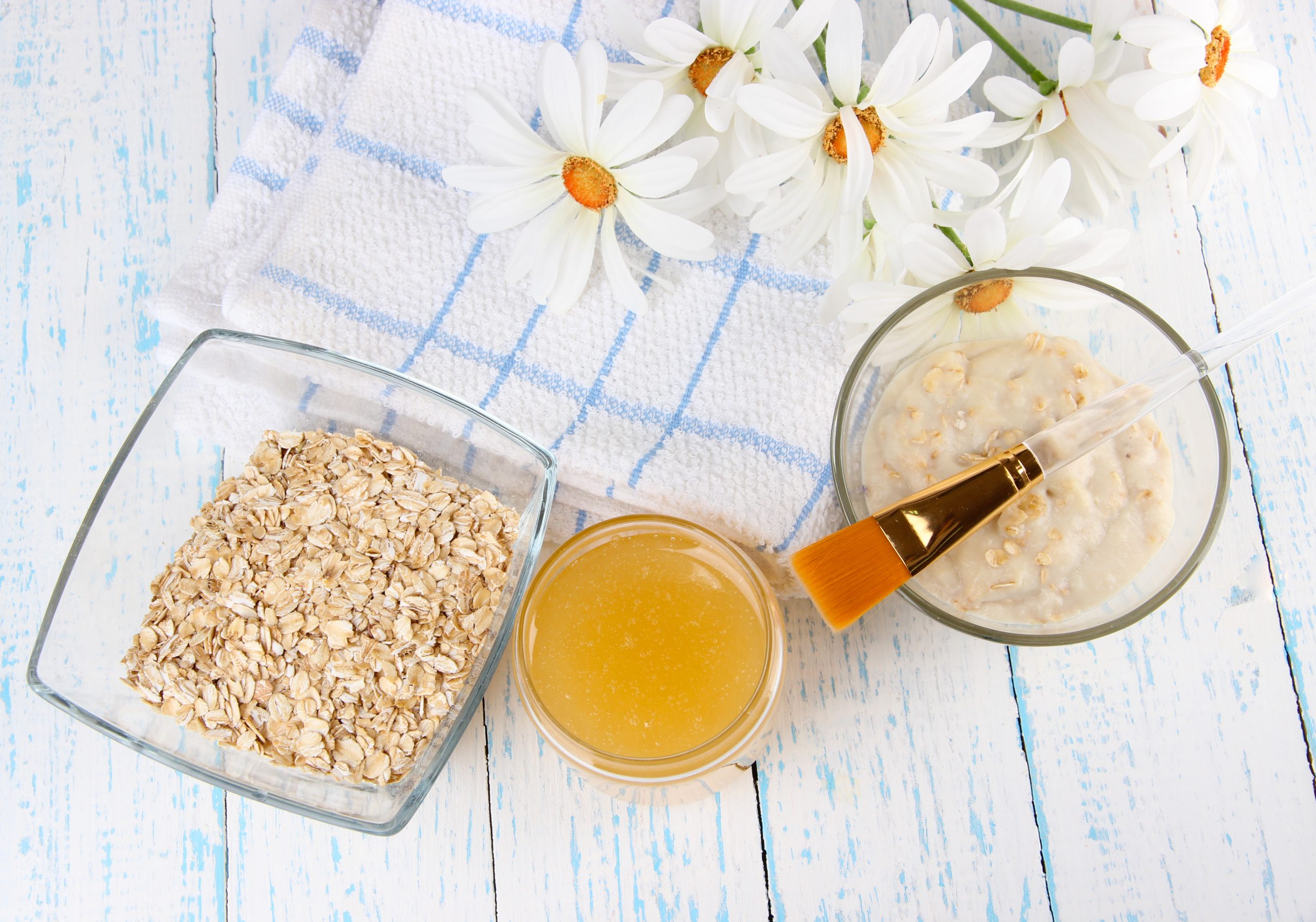Acne scars come in many shapes and sizes, but fortunately, plenty of natural treatments are available to help reduce their appearance. If your scarring isn’t severe, you don’t necessarily have to resort to expensive treatments or invasive procedures. For example, a natural face peel might be more than enough to diminish or even eliminate the appearance of your acne scars.
Natural face peels are an inexpensive and safe way to reduce acne scarring that you can apply in the comfort of your home. With that in mind, the following is a complete guide on using natural face peels to reduce or eliminate acne scarring.
What Is A Natural Facial Peel?
A face peel is a type of skin treatment in which a solution is applied to the face, allowing the removal of dead skin cells. A natural facial peel utilizes natural ingredients like fruits, vegetables, herbs, and essential oils to create a solution that removes the skin’s surface layer without chemicals.
Natural facial peels are an excellent option for people who want to supplement their chemical peels or who have sensitive skin and want to avoid using facial treatment solutions containing chemicals.
What Are Acne Scars, And Can Natural Facial Peels Treat Them?
Acne scars can develop if you’ve had acne that damaged your skin. These scars range from mild to severe and can enormously impact a person’s self-confidence. You can treat acne scars in many ways to help reduce their appearance or eliminate them.
Natural facial peels are one of them and can be an effective method for treating mild to moderate acne scarring; however, they are not always suitable for every type of scarring.
As such, you’ll need to know what kind of acne scarring you have to determine if a natural facial peel will help you.
Understanding The Different Types Of Acne Scars
Acne scars come in various shapes and sizes. Their appearance depends on how severe the acne was and how your skin healed in response to your acne treatment. There are two kinds of acne scars: atrophic scars and hypertrophic scars.
- Atrophic Scars: Atrophic scars are indented and typically appear as slight pitting or depressions in the skin. They can be either shallow or deep, depending on the severity of the acne. Common types of atrophic scars include:
- Ice Pick Scars: Ice pick scars are deep, narrow scars that appear in the spot where an acne blemish used to be.
- Boxcar Scars: Boxcar scars are broader and more shallow than ice-pick scars, with an angular outline.
- Rolling Scars: Rolling scars are wide and shallow with a waved or undulating appearance.
- Hypertrophic Scars: These are raised, thickened patches above the skin’s surface. They typically form a red or dark-colored bump and can be painful. Unlike atrophic scars, hypertrophic scars develop because too much collagen is produced in the skin’s healing process, leading to raised scars. Hypertrophic scars include:
- Keloids: These are raised and thickened and can grow beyond the original scar. They often appear red or dark and may be itchy and tender.
- Post-inflammatory Hyperpigmentation (PIH): PIH is a common complication of acne and appears as light brown patches on the skin. It occurs when the skin produces melanin, resulting in discoloration. While PIH is generally not raised, it can appear similar to hypertrophic scars.
Benefits Of Natural Peels For Treating Acne Scars
There are many benefits to using natural peels to treat your acne scars. First, they’re easy to make as they only require a few natural ingredients that are typically easy to find. Secondly, they’re inexpensive since creating a peel doesn’t require much of any given component. Thirdly, unless you’re allergic to one of the ingredients, they’re safe to use.
Of course, there are plenty of benefits regarding the treatment. The following are the benefits of using natural peels for treating acne scars:
Reduces Inflammation
Natural facial peels can also help reduce inflammation, a common symptom of acne scars. By reducing inflammation, natural facial peels can help reduce the redness, itching, and discomfort associated with acne scars.
Allows Gentle Exfoliation
Natural facial peels gently exfoliate your skin, removing dead skin cells that may contribute to the formation of acne scars. By exfoliating your skin, natural facial peels can improve your skin’s texture and tone, making your acne scars less noticeable. Additionally, exfoliating your skin can promote cell turnover, leading to healthier, smoother skin.
Improves Skin Texture
Natural facial peels can also help to improve your skin’s texture, making it look smoother and brighter. By getting rid of the dead skin cells contributing to the formation of acne scars, natural facial peels can help your skin look more radiant.
Additionally, natural facial peels can help to reduce the appearance of enlarged pores, making your skin look smoother and more even.
4 Natural Face Peels You Can Try At Home
Because natural face peels contain natural ingredients, they are safe to use at home. They’re also relatively easy to make and require little time or effort.
However, when using a natural face peel, rinse your face with cold water and apply a moisturizing cream to prevent your skin from drying out. Keeping this in mind, the following are five natural face peels you can try at home:
1. Lemon and Honey Peel
Lemon is known for its lightening properties, which is why it’s a common ingredient in skincare products, including masks and peels. It also contains alpha-hydroxy acids, which can help remove dead skin cells by gently exfoliating your skin.
However, lemon can be acidic on its own, so you need to balance it with something like honey, which is packed with antioxidants and has anti-inflammatory properties that can reduce the redness and swelling associated with acne scars. Honey also contains natural enzymes that help exfoliate the skin.
To make a lemon and honey peel, combine a tablespoon of organic honey with the juice of half a lemon. Apply to your face and let it sit for 20 minutes. Just be sure to avoid your eyes, as lemon juice can be irritating.
2. Apple Cider Vinegar Peel
Apple cider vinegar is essentially fermented apple juice, and it contains malic acid, which helps to exfoliate the skin. As a result, it can help reduce the appearance of acne scars and balance your pH levels, making it an excellent choice for those with sensitive skin.
When it comes to making a facial peel using apple cider vinegar, there are a few options. However, applying apple cider vinegar to your face is not a good idea.
First, it can burn your skin if it’s too strong. Secondly, you must mix it with something to ensure it doesn’t just run off your face. An easy solution is to mix it with apple sauce. Combine a teaspoon of apple cider vinegar with a tablespoon of apple sauce to create a paste. Apply it to your face, avoiding the area around your eyes, and let it sit for 10 to 15 minutes.
3. Baking Soda and Lemon Juice Peel
As mentioned, lemon juice is excellent for lightening the skin and promoting cell turnover. Baking soda, on the other hand, helps to exfoliate and remove dirt and oil from the surface of your skin.
Combined, they make an effective facial peel that will reduce the appearance of your acne scars. To make a baking soda and lemon juice peel, mix a tablespoon of each to create a paste. Then, apply it to your face for about 15 to 20 minutes.
4. Yogurt and Oatmeal Peel
Yogurt contains probiotics, which can help to balance the bacteria on your skin and reduce inflammation. Yogurt is also effective at brightening and toning the skin.
Additionally, its creamy texture gives it the ability to help moisturize and soften your skin. It combines well with oatmeal, which helps to exfoliate and remove dirt and oil from the surface of your skin.
When choosing a yogurt for your facial peel, use plain yogurt. Greek yogurt tends to work best due to its thick texture, which makes it easy to apply to your face.
To make a yogurt and oatmeal peel, combine a tablespoon of yogurt with a tablespoon of oatmeal. You can also add some honey for a few additional benefits. Leave it on your face for around 10 to 15 minutes.
Tips To Ensure Optimal Results From Your Natural Peel
If you plan to use a natural facial peel at home, taking the necessary steps to ensure the best results is essential. The following are a few tips for getting the most out of your home treatment:
- Avoid sun exposure for a few days before and after the peel. If you will be outside in the sun, wear sunscreen with an SPF of at least 30.
- Because your natural facial peel will contain exfoliating ingredients, avoid exfoliating your skin beforehand. Otherwise, you may be at risk of over-exfoliating, which can cause irritation and dryness.
- Use only natural ingredients and avoid harsh abrasives or chemicals.
- Ensure you know of any natural ingredients you may be allergic to. Do not use these ingredients in your facial peel.
- Be gentle with your skin during application, as aggressive scrubbing can damage delicate facial tissue.
- After rinsing off the peel, follow up with a moisturizer to lock in hydration.
Common Side Effects Of Natural Face Peels On Acne Scars
Awareness of potential side effects is crucial when using natural facial peels on acne scars. The most common side effects are redness and dryness in the treated area. These are expected effects, as the skin may be sensitive due to removing dead skin cells.
Other possible side effects include:
- Mild itching
- Mild burning sensation
- Peeling
- Allergic reaction (in rare cases)
To help prevent or reduce any side effects, applying the peel gently and avoiding scrubbing the skin is essential. Be sure to use only natural ingredients free of harsh chemicals or abrasives.
When rinsing your face after using a peel, use cool water to avoid irritation. Lastly, always follow up with a moisturizer to ensure hydration and soothe your skin. If side effects persist or worsen, discontinue use and consult a doctor for further advice. It could mean that you may be allergic to one of the ingredients that you are using.
How Often Should You Perform A Natural Peel?
The frequency of applying a natural peel will depend on the individual’s skin type and desired results. Generally speaking, we recommended using natural peels every few days or once a week to achieve optimal results. However, reducing the frequency may be beneficial if your skin is too sensitive for frequent peeling.
At Home vs. In-clinic Face Peels For Acne Scars
Natural facial peels are safe at home because you’re using natural ingredients that won’t cause harm (unless you have an allergy to a component, in which case you should avoid using that ingredient).
The chemical peels only available at a clinic contain more potent acids or chemicals that provide dramatic results. These in-clinic facial peels can be very effective — and are relatively safe as long as a qualified professional administers them.
However, attempting to make a chemical peel at home and using it on yourself is not recommended, as it could result in serious side effects if you don’t know what you’re doing. With that in mind, these are some of the chemical peels that we provide at our Natural Skin Clinic:
Alpha-Hydroxy Acid (AHA)
Alpha-hydroxy acid (AHA) is a chemical peel composed of plant-based acids like lactic acid, glycolic acid, and citric acid. AHAs are very common in skincare products. AHA peels work by removing the outermost layer of skin and exfoliating away dead skin cells, which can reduce the appearance of your acne scars.
This type of peel is usually mild and has minimal side effects. It’s also commonly used to fade discoloration, reduce fine lines and wrinkles, tone uneven skin texture, and boost overall skin radiance.
Lactic Acid
Lactic acid peels are one of the mildest chemical peels available. It’s a type of AHA that works similarly to AHAs but has a more moisturizing effect. This makes lactic acid particularly beneficial for those with dry skin or extreme cases of acne.
Lactic acid penetrates deeper into the skin than other AHAs, which can help remove deep wrinkles and scars on the face. It works by exfoliating the top layer of dead skin and promoting the growth of healthy new skin cells.
Mandelic Acid Jessner’s Peel
The Mandelic Acid Jessner’s Peel combines mandelic acid, lactic acid, and salicylic acid, making it a particularly effective treatment for acne scarring. Mandelic acid is an AHA derived from bitter almonds. It exfoliates away dead skin cells while also helping to reduce redness and inflammation.
As mentioned before, lactic acid gently exfoliates the skin, promoting the growth of healthy new skin cells. Salicylic acid is a BHA (beta hydroxy acid) that helps to reduce sebum (oil) production and clear out blocked pores.
Combined, these three acids effectively treat acne scars and uneven skin tone. This type of peel is generally safe and has minimal side effects, though slight skin redness and dryness can occur during recovery.
TCA Peels
TCA (trichloroacetic acid) is a derivative of vinegar used to treat various skin imperfections. It is most commonly used in medium-depth chemical peels and works by exfoliating and removing damaged skin cells. TCA peels can effectively reduce the appearance of wrinkles, age spots, acne scars, uneven pigmentation, and sun damage.
TCA peels are medium-depth, penetrating deeper into the skin than AHAs or BHA peels. Because of this, they can be more effective at treating acne scars but also have a higher risk of side effects, including redness, swelling, peeling of the skin, and scabbing. However, a trained professional can minimize the risk of side effects.
The concentration of TCA determines the strength of the peel and the number of layers applied. However, it can cause stinging and burning, so following all aftercare instructions is essential for the best results. It’s also vital to note that TCA peels are unsuitable for all skin types, so you should talk to your doctor before attempting this treatment.
VI Peel
The VI Peel is a blend of ingredients, including TCA, salicylic acid, phenol, and retinoic acid. Retinoic acid is a vitamin A derivative used to treat acne and other skin conditions. It’s beneficial against acne scarring because it helps stimulate skin cell turnover and collagen production, which helps reduce the appearance of scars.
Phenol is also helpful in treating acne scarring in that it helps to reduce sebum (oil) production and clear out clogged pores. This helps to prevent further breakouts, allowing the skin to heal. However, phenol can irritate the skin, so use it sparingly and cautiously.
In fact, phenol makes the VI peel the most aggressive chemical peel we offer, so the application should be in-clinic only with careful supervision. That said, it’s one of the most effective chemical peels for treating more severe acne scarring.
Achieve Beautiful Skin. Seek Expert Advice On Your Acne Scars.
Natural facial peels can effectively reduce the appearance of acne scars and maintain healthy-looking skin. However, using only natural ingredients when making a facial peel at home is essential, as harsh chemicals or abrasives can cause irritation and other unwanted side effects.
Additionally, if you are considering more potent in-clinic facial peels, seek advice from a qualified professional to determine the most appropriate solution for your type of acne scarring.
At Natural Skin Clinic, we offer a variety of chemical and natural peels to help reduce the appearance of acne scars so that you can feel confident in your skin. Contact us today to learn more about our services and how you can achieve beautiful skin.

